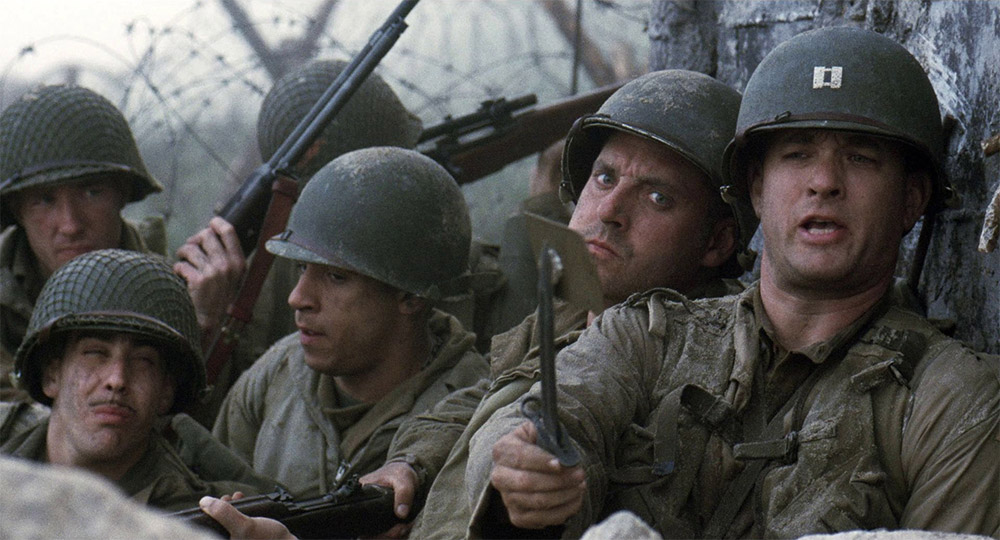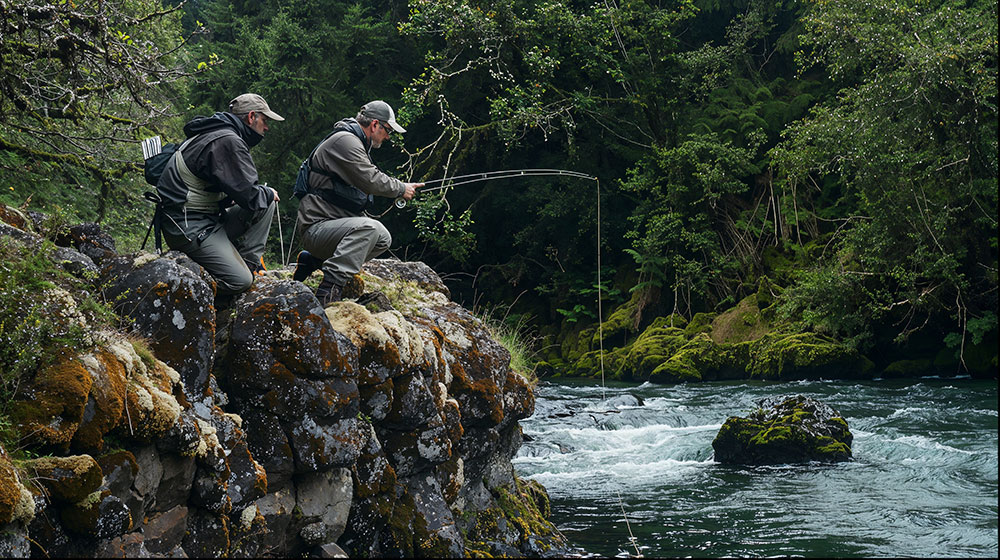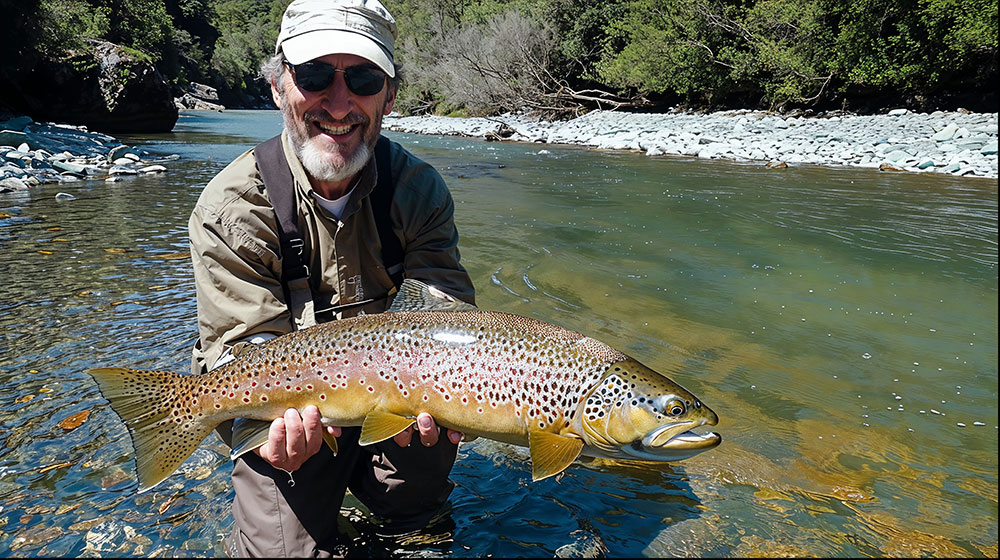Your business is like a screenplay.
New and interesting characters are constantly arriving on the scene, there are heroes and villains, action and drama. Every day is a new plot. Every service and product has a great story behind it, every customer is unique and every day on the job offers something a little different, something unexpected. Day after day new dramas unfold and new adversities are overcome.
As a business owner, you may never have thought of your business this way. But once you become aware of the potential, it will be on your radar and you’ll never be short of ideas for stories again.
What’s more, there are plenty of people out there that want to watch your show. Some of them will watch an episode. Others will want to get the whole season.
So how do you create the “raving fans effect” of T.V. shows like Lost, or Game of Thrones, for your own business? You need to learn how to tell stories.
Storytelling Is Built Into Our DNA
Back before videos games and Netflix, people used to sit around the campfire and talk about the day’s hunt. Mum would draw pictures in the dirt and Dad would grunt. Somewhere along the line, they figured out how to speak and how to tell stories to each other.
Stories became the way we survived. They are how we passed down wisdom. They are built into our DNA. In childhood, stories read to us by our parents were the way we saw the world. In short, we’ve been primed for stories ever since we were very young.
Stories Are The Best Way To Sell
One of the biggest problems to overcome in marketing is the unfamiliarity someone may have with your product. Stories are a subtle way to answer objections and turn a disbeliever into a believer. Stories cut through the sales resistance of unfamiliarity like a hot knife cuts through butter. A more scientific reason is that stories bypass the typical thinking we have that puts up resistance, otherwise known as “critical thinking”.
Or in layman’s terms – they may not always believe you but they’re not going to argue with you because your story has taken your prospect outside of themselves.
If your story is riveting enough, you don’t need greed in the lead.Mike Ward
A typical promotion from Ad agencies will make big promises in the headline. This is a dead giveaway to the reader this is a promotion. Something like… this is an opportunity, this can make you wealthy, loose weight while you sleep, etc.
For example, imagine you were trying to sell a trout fishing tour located in Lake Taupo. You could try an advertising message like “The Best Trout Fishing in Lake Taupo” but the problem with that message is that the reader immediately detects a sales pitch coming. The prospects bullshit meter is way up and their thinking “Yeh right, prove it to me”. Stories allow you to come at it from another angle and totally eliminate this type of sales resistance and pull people in immediately.
If your story is riveting enough people will read your entire promotion even if there no other value than just the entertainment value.
Watch the opening scenes of Saving Private Ryan. You don’t know who private Ryan is all you know is that you’re watching the most horrific battle you’ve ever seen in your life. It’s so realistic it’s like you were there. It’s not until 20 minutes into the film that’s there any character development at all.
- There are many ways in which a business owner can tell stories about their business but there are particular kinds of stories you should use when you want to sell.
- Your personal story. Why did you start the business?
- Your company story. What problems did you overcome? . What kept you going?
- Your customer’s stories. Where are they from? Why did they choose your business? Customers are an endless source of unusual human interest stories and testimonials.
- What happens when you roll out your product or service? Has anything new happened? Record it as a daily journal and use it in your business.
- a sense of adventure
- feeling brave or courageous
- a sense of belonging feeling smart
How To Create Great Stories
As I have mentioned you’re surrounded by story ideas. They are happening every day. Think of your story idea like this…
My character [Bob], wants ______
I’ll use a fishing tour operator based in Taupo as an example.
My character “Bob” wants to catch a massive brown trout.
That’s the plot. It’s not Bob wants to “discover the meaning of life”. That story may be a bit harder to write. You’re setting up a very specific goal for the character of your story. This goal, aligns perfectly with one of your specialised trout fishing tours.
Every great story takes place with 3 acts – beginning, middle and end.
You need to describe the sense of adventure. Show people being brave and courageous. It’s not enough for people to read and hear your story – they need to feel it. The more your audience feels as if they own your story, the more likely they are to act on it
In The Beginning…
All great stories start off at a point of high drama. Start with a bang.
A great tip I learned from Matt Fury is “time and place”. It’s a great technique to prick peoples interest. Here’s an example…
“It was 2 pm Tuesday afternoon, August 2019, and we were fishing a creek in the remote Southern End of Lake Taupo. Bob turned to me and said… ‘I think I see one’.”
Time and place is the perfect technique to transition people from what they are doing right now into a different world and excite their imagination.
The idea is the create intrigue, pull the reader in, and introduce the hero of our story. If you were a trout fisherman you’d be hooked.
This will work infinitely better than just laying out the facts. Do not do this… “The New Zealand Brown Trout is often caught in the remote southern areas of Lake Taupo…”. Not unless you’re trying to bore your reader into a sale.
Bring high energy, it’s the key to great storytelling. You want to shock people out of their current state.
Middle…
Now that we have introduced Bob, the rest of your story will be driving the reader to the conclusion that they need to go on your trout fishing tour. Remember the goal of this story is to attract more Bobs to book your tours.
It’s Ok at this point to add some backstory. You might talk about how you arrived at this creek or how you first met Bob. Keep to the most important concepts.
To keep things moving along in our story we need to add tension. For example:
“Bob had told me he had dreamed of catching a giant brown trout his entire life. He was jumping from rock to rock in a desperate effort to reposition himself. The trout made a B line for an overhang. I thought, If he’s line gets caught in those trees that will be the end of the fight…”
Will Bob fulfil his quest or will it end in tragedy? Read on…
At this point, all the “Bobs” reading this have subliminally fallen into line in a way that they trust you. They trust you in a way that they understand, “C’mon Bob, achieve your goal Bob, We’re rooting for you”.
Get the reader emotionally charged.
“it reminded Bob of that fateful day in 2010 in South Island backcountry when he lost a trout the same way. At the time he thought his one chance at greatness had passed and it was done. Finished. All he would ever do would sit in his cubicle watching other people catch trout on Youtube.”
End…
This is where you show how your tour operator skills helped Bob solve his problem. In this example, the fishing guide would step in with some sage advice for Bob that helps him land the trout.
Bob turned to me and said… “This is the best day of my life”.
Stories have endings that can excite, surprise or bring out emotion. For extra bonus points have Bob make a discovery.
It was then that Bob realised he had left his wife back at the church-sponsored marriage retreat at Lake Taupo. It was time to go. He bent down and released the giant trout the locals now call ‘Jonah’. ‘Next year there’s going to be a rematch.’ He said.
When you craft a story like this it is so much better than trying to sell.
Make An Offer
There should be something your asking your prospects to do in every piece of content you create. It may be an offer to buy your stuff, enter your email, call you. Just make the offer.
Ten minutes ago the reader may never have heard of your tour business. Now they not only understand what you do, but they can also place themselves within your story and they get the entire experience your providing.
If they have read this far down the page it’s because they’re making plans to go on your tour or they want to find out more. So make the offer!
Here’s an easy transition…
“If you want to experience New Zealand trout fishing, just like Bob, I’ve got great news for you…”
Then lead into your offer. Such as…
“Here’s what we offer that makes fly fishing so great…”
“We can turn-a-round any level of fisherman and make their dreams come true…”
“If you want to catch big trout… then we can we can put you right where they are…”
Add in a testimonial from Bob… “I came to Lake Taupo thinking I’d never catch a trout over the 2-pound mark. It wasn’t easy. The journey was blood, sweat and tears. But in the end, I reached my goal… and Taupo Trout Fishing Tours is now my new my secret weapon for catching giant trout. I can’ wait for our next adventure.“
Alternatively, if your goal is to collect an email address, try something like…
“For more of these adventures opt-in and you’ll be the first to know when our next post is live”.
Or offer a free download in exchange for an email…
“If your interested in how to catch big trout in Lake Taupo I’ve done all your research for you and I want you to have it for free”.
What To Do Next
- Research. Talk to your customers and keep a record of what they are interested in.
- Write. Get it done then edit out everything that is not essential to your story.
- Publish.
- Promote. Drive traffic to your article everywhere your customers hang out, such Facebook, Instagram and Linkedin.
Writing good stories really isn’t that complicated.
Stories build interest in your website. They improve your relationship with your reader and generate interest in your offer. Ultimately it’s these types of relationships that you build that are the true assets of your business.



